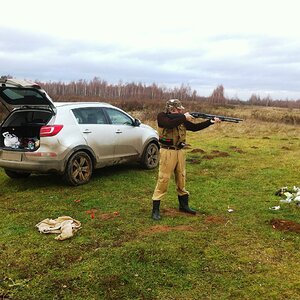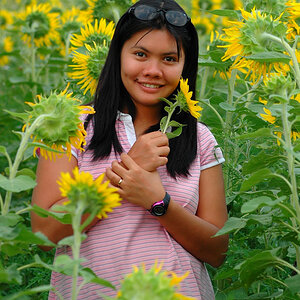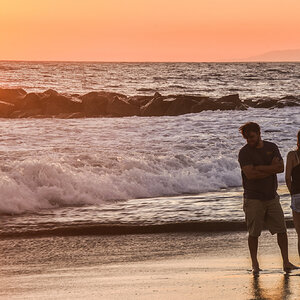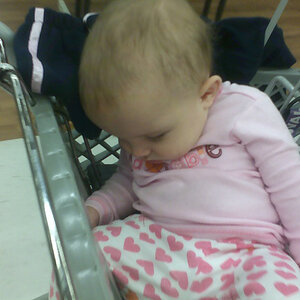fjrabon
Been spending a lot of time on here!
- Joined
- Nov 3, 2011
- Messages
- 3,644
- Reaction score
- 754
- Location
- Atlanta, GA, USA
- Can others edit my Photos
- Photos OK to edit
Funny, I tried both and went back on both. Expodisc got sold after several uses and I went back to my favorite WB tool:use an ExpoDisc, it's not perfect, but its as close to perfect as you'll get in camera. It really will only be off if your lighting changed between when you white balanced and when you shot (or if you didn't point your camera in the general direction you were shooting when you white balanced).
Once you go expodisc, you never go back. ExpoDiscs and baseplate screw in straps are the two accessories that I couldn't live without any more.
Amazon.com: PhotoVision 14 Inch Pocket One Shot Digital Calibration Target with DVD, Collapsible Disc Exposure Aid for Digital Cameras: Electronics
Baseplate screw in strap is now attached to the strap lug on the left side of my camera, where I find it more comfortable to work with, and better for getting my camera bodies quickly onto my tripods.
But to each his own.
well, that's more of a hybrid white balance/ exposure correction tool.
I do like the setups where you have a baseplate screw strap attached to a one sided strap that goes on one of the lugs as well. Just as long as I can quickly take the trap on and off without threading a needle.
As an Amazon Associate we earn from qualifying purchases.


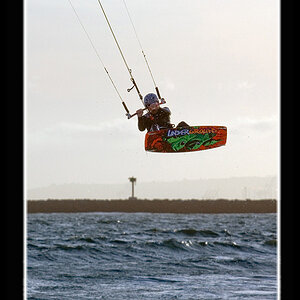
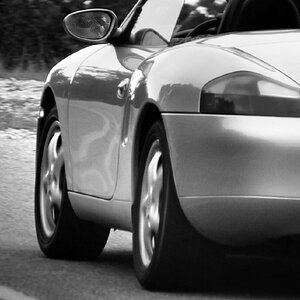


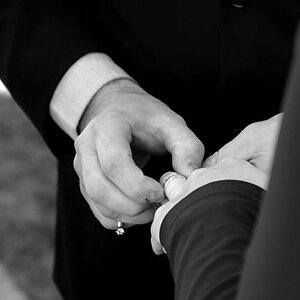
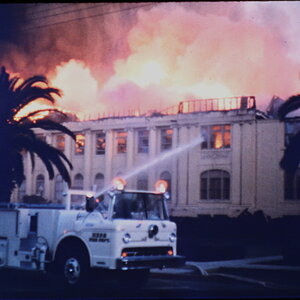
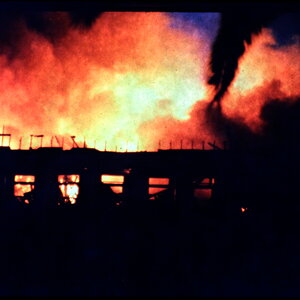
![[No title]](/data/xfmg/thumbnail/37/37116-fdf3127b1d8834c25461dd2d201c031c.jpg?1619737883)
